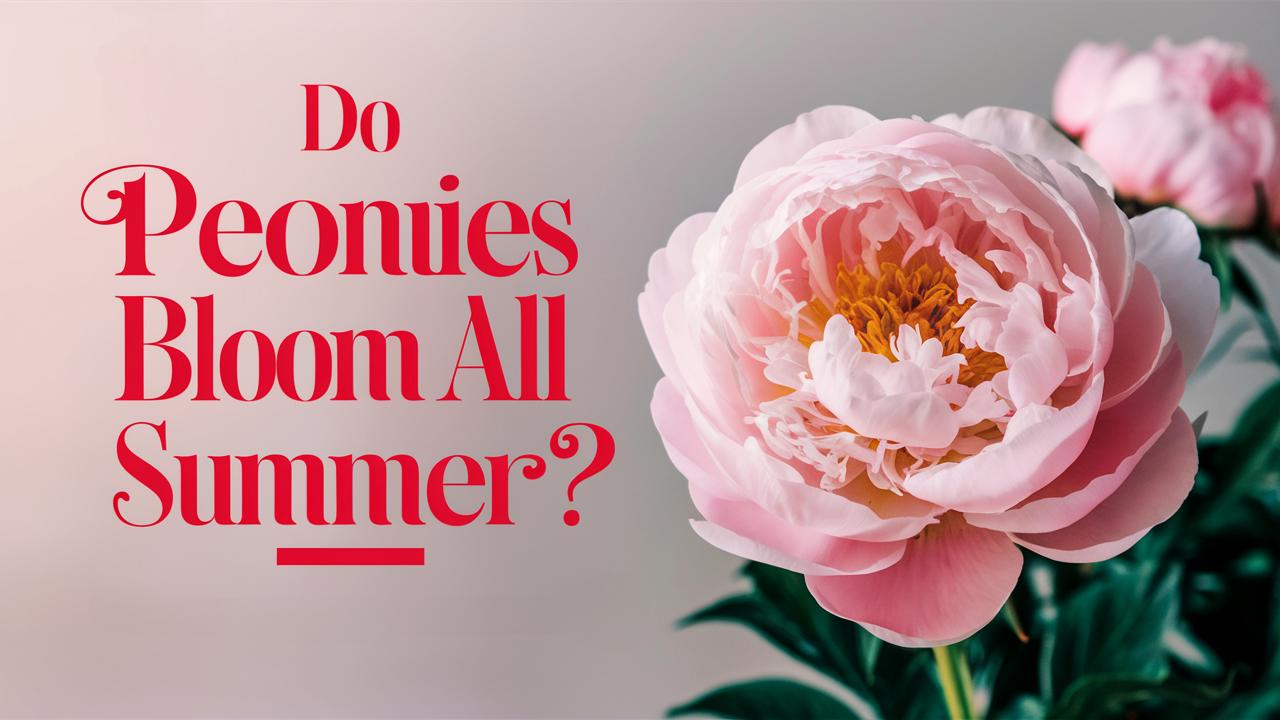In this post, we’ll dig deep into the lifecycle of peonies, their ideal growing conditions, and how to best enjoy their glory throughout the warmer months.
Understanding Peony Lifecycles
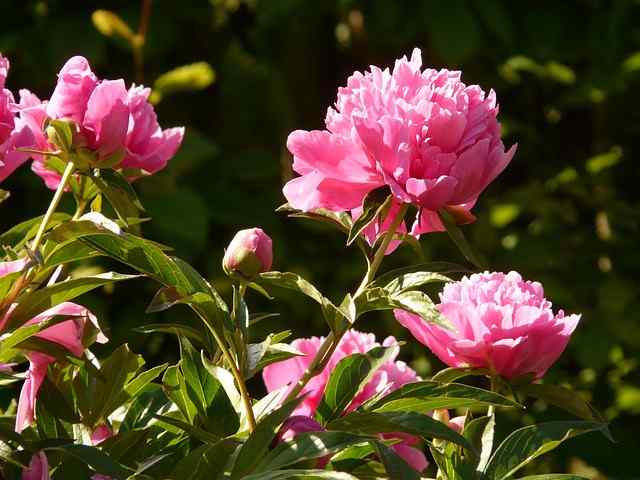
To grasp whether peonies bloom all summer, it’s vital first to understand their lifecycle. Peonies are perennial plants that typically bloom in late spring to early summer. Depending on the peony variety and local climatic conditions, this blooming period might start anywhere from late April to early June, and it usually lasts for a few weeks. While the flowers are breathtaking when in full bloom, peony plants need time to build energy for growth and flowering, which is why understanding their cycle is crucial.
Varieties of Peonies

Peonies come in several varieties, primarily classified into three categories: herbaceous, tree, and intersectional (or Itoh) peonies. Each variety has distinctive blooming traits that contribute to their lifecycle and influence their blooming duration:
Herbaceous Peonies: These are the most common type found in gardens. They die back to the ground in winter and re-emerge in the spring. Generally, they bloom for a brief window, typically lasting from mid-May to early June.
Tree Peonies: As the name suggests, these peonies have woody stems and can grow much taller than herbaceous varieties. They bloom a little earlier, often in late April to May, and their flowers tend to last longer, sometimes extending into early summer.
Intersectional Peonies: This hybrid combines the best traits of herbaceous and tree peonies. They bloom around the same time as herbaceous peonies but may display a longer blooming period and offer a wider range of colors.
Blooming Timeline
Typically, the blooming period for peonies is swift, often lasting between 7 to 10 days for a single flower. However, due to staggered blooming among different varietals and the remnants of spent blooms, it is possible to have visible peony flowers in gardens for several weeks. Some successful gardeners plant a mix of peony types to create a staggered blooming effect, allowing for continuous foliage and flower displays throughout late spring and early summer.
Factors Influencing Bloom Duration
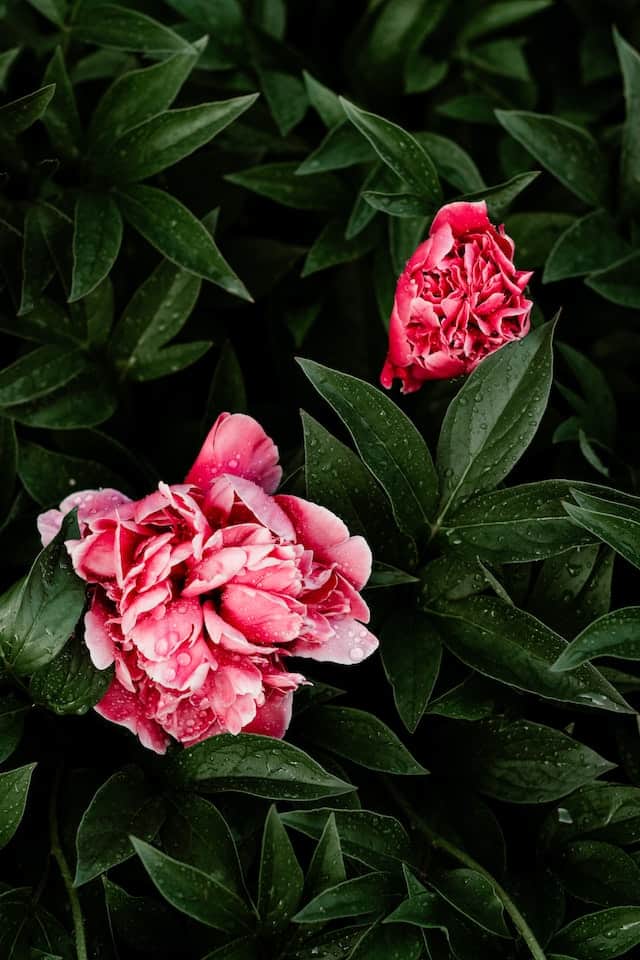
The duration and timing of peony blooms can vary due to several environmental and cultural factors. Understanding these parameters can help gardeners optimize blooming seasons and enjoyment.
Climate and Weather Conditions
Peonies thrive in temperate climates with well-defined seasons. Climate plays a significant role in when these flowers bloom. A cool spring can delay blooming, while a warm spring may lead to earlier blooms. Additionally, extreme weather—such as late frosts or significant heat spikes—can affect both the timing and duration of blooms.
Soil Quality
Peonies prefer well-drained, nutrient-rich soil with a slightly acidic to neutral pH. Heavy, waterlogged soils can lead to root rot and impact the blooming cycle adversely. Ensuring that peonies have the right soil conditions can lead to healthier plants that bloom more reliably.
Sunlight Exposure
These flowers love sunlight and typically need at least six hours of direct sunlight daily to thrive. Insufficient sunlight can hamper growth and reduce flower production. Adequate light not only influences blooming but also helps create sturdy stems capable of supporting heavy blooms.
Extending the Peony Season

While peonies may not bloom all summer, dedicated gardeners do have ways to extend the joy these flowers can bring over the warmer months. Below, we explore effective techniques for prolonging the peony experience in your garden.
Companion Planting
One way to create a visually appealing garden throughout summer is through companion planting. By integrating other flowers that bloom in succession with peonies—such as daylilies, roses, and daisies—you can create a flowing visual narrative in your garden. As the peony season wanes, these other plants will take center stage, ensuring continuity of blooming color and fragrance.
Deadheading and Maintenance
To keep peonies looking their best, proper maintenance is required. After the blooms fade, be sure to deadhead (remove spent flowers). Deadheading not only keeps the plant looking tidy but also redirects energy from seed production back to the plant’s health and its root system. This practice can help maintain foliage vitality for summer interest, although it won’t create new blooms after the initial flowering period.
Fertilization Techniques
Post-bloom care is just as crucial for the continued health of your peonies. Applying a balanced fertilizer after blooming can ensure your peony plants have adequate nutrients to store energy for next year’s blooms. Choosing a slow-release fertilizer with a focus on phosphorus can promote strong roots and better overall health, setting the stage for next year’s flowering extravaganza.
After-Bloom Care
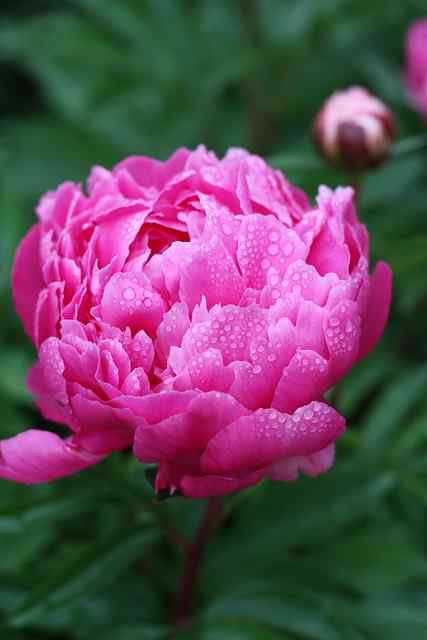
Once peonies have come to the end of their blooming period, they still require attention to ensure they provide beauty in the following growing season. There are several steps that gardeners can take to feed and maintain their peonies for future glory.
Proper Watering
Watering is crucial, especially during the months following blooming when peonies are establishing their root systems. Ensuring deep watering—around one inch of water per week—will promote root growth and support the plant’s health as it stores energy for the next seasons’ blooms. Avoid overhead watering, which can encourage fungal diseases; instead, water at the base of the plant.
Pest and Disease Management
Pests such as aphids and fungal diseases like gray mold can pose threats to peonies during the summer months. Regular inspections and timely treatments are essential. Natural remedies, like a soap spray for pests or preventative fungicides, can help keep your peonies healthy and vigorous.
Using Peonies in Floral Arrangements

While they may not bloom all summer, cut peonies have a significant place in floral arrangements. Their brief and breathtaking bloom time makes them a sought-after choice for weddings and celebrations. Understanding how to care for peonies post-harvest can help extend their life even further, bringing fragrant beauty indoors.
Harvesting Tips
When collecting peonies for arrangements, timing is crucial. Cut the flowers when the buds are still tight but just beginning to color—this will ensure they bloom beautifully once in water. Always use a sharp, clean tool to make your cuts at an angle, allowing for better water uptake.
Storing and Conditioning
After cutting, place peonies in a bucket of water immediately and let them sit for several hours or overnight to condition before arranging. Changing the water daily and keeping the arrangements in a cool place out of direct sunlight will help maintain their beauty.
The Allure of Peony Seasons
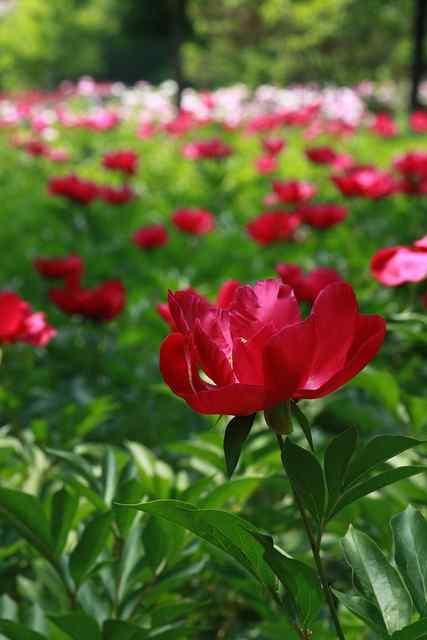
Although peonies don’t bloom all summer long, they do provide a spectacular display of beauty and fragrance during their peak season. They embody the essence of spring and early summer, marking the transition between the cooler months and the warm, sun-soaked days of the year.
Appreciating peonies for their short-lived but intense blooming cycle allows gardeners and flower enthusiasts to cultivate anticipation—each season brings new growth, new blooms, and the promise of beauty that seems almost fleeting. This ephemeral nature of peonies serves as a poignant reminder of the passage of time, an opportunity to celebrate each bloom, and an invitation to share their splendor with friends and family.
Conclusion
In answer to the original question: No, peonies do not bloom all summer. They create a stunning display for a limited time, generally from late spring to early summer, depending on the variety. Understanding their lifecycle, proper care, and creative gardening techniques can help extend the joy of their blooming season and stretch the beauty of your garden throughout summer and into fall.


